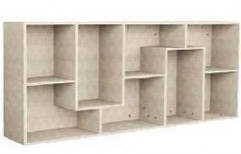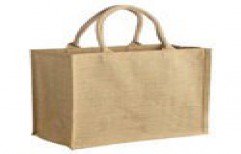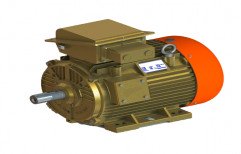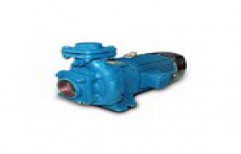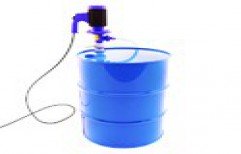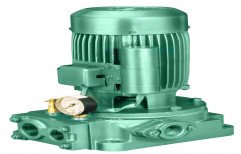Featured Suppliers
How it works
- Submit an enquiry to a product.
- Wait for a call from nearest supplier from your area.
- Get quote and product details.
- Choose best from them.
Recently Added Suppliers
Product Description
Waste Water Treatment Plant used for chemical industry, textile mills, slaughter houses, diaries, paper mills, oil refineries, pickling plants, glass factories, chemical and pharmaceutical industries, food and engineering industries, Automobile industries, Hospital wastewater etc. based on advanced technologies. Our main focus is to understand the customer requirements. We also offer prefabricated/ packaged ETP plants depending on the waste water quantity and quality.
We supply the plants based on the following process technologies:
We supply the plants based on the following process technologies:
- Anaerobic Treatment: Anaerobic treatment processes are done in the absence of oxygen. This process is used for wastewater with high BOD loading rate, low sludge production, and high pathogen content. Anaerobic treatment needs less space, high treatment efficiency and is cost effective. Aerobic Treatment based on
- Moving Bed Bio Reactor (MBBR): The aerated MBBR uses, as the activated sludge process, the whole volume of an open tank. It is defined as a biofilm system, as the biomass is growing on carriers that move freely within the reactor volume and are kept within the reactors by a sieve at the reactor outlet. The system can be used either for aerobic or anoxic processes. In aerobic processes, the biofilm carriers are kept in suspension by the agitation created by air from aeration diffusers, while in anoxic processes a mixer keeps the carriers in movement. A schematic of the principle of an implementation of the AnoxKaldnes™ MBBR technology is shown herein.
- Fluidized Bed Reactor (FAB): FAB is a wastewater treatment technology which requires less space and is more efficient than the conventional treatment system.
- Submerged Aerobic Fixed Film Reactor (SAFF): SAFF uses a fixed film for microbiological growth used for treating wastewater. This treatment system requires low operation and maintenance costs and is a reliable treatment option.
- Extended Aeration (EA): The extended aeration process requires a higher detention period and thus gives more efficiency. This process does not need a primary sedimentation tank and separate sludge digester. The BOD removal rates are higher than conventional process
- Membrane BioProcess (MBR): In this, membrane sheets are suspended in the aeration tank itself and the treated sewage is sucked out through the membranes and the settling tank is avoided. The main advantage of this technology is the very fine quality of treated sewage free of microbes can be obtained as the membranes filter out these microbes. The effluent quality from MBR is exceeding the standards of the Pollution Board
- MBR Processes are becoming popular due to the lower carbon footprints, high efficiency, and low maintenance.
- Activated Sludge Process (ASP): The conventional process for treating waste water is beneficial for large plants. It has low installation costs, less loss of head and low odor and flies nuisance.



